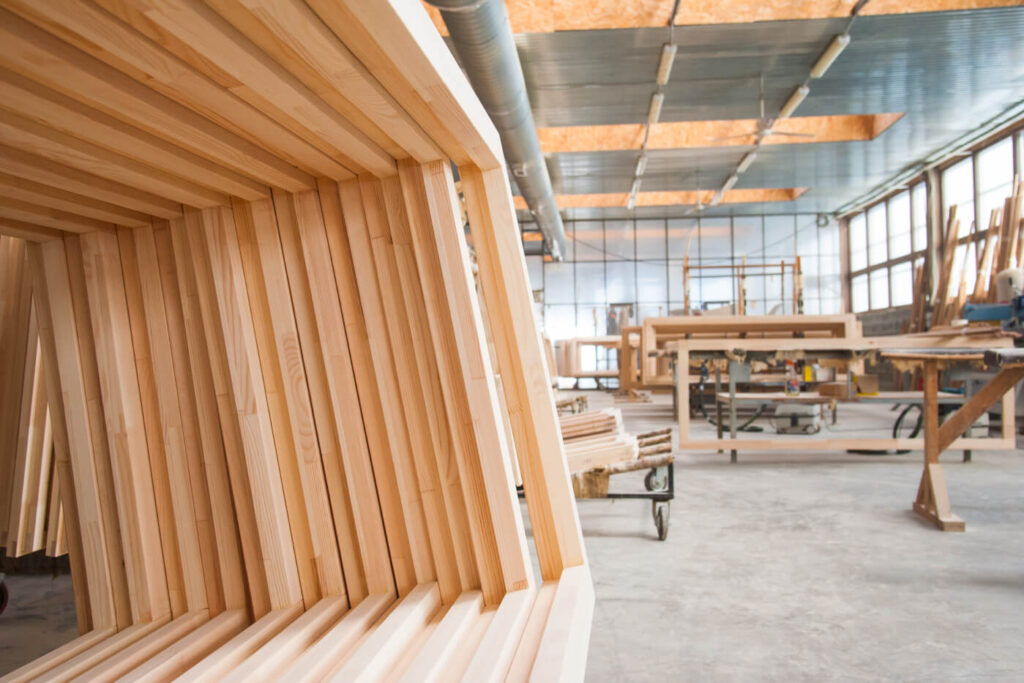
When it comes to windows, many will get them made bespoke to the project they are working on, but there are also standard window sizes that are the most common.
They can be personalised to the project at hand, or, if there is no need to make custom-size windows, then installers can opt for common sizes.

Having standard window sizes helps installers decide what windows to use and makes the design and installation process much smoother.
What are the standard UK window sizes?
There are many standard window sizes in the UK, which we will explain throughout this blog. We have covered the main sizes for each of the most popular materials, but there can still be differences in window styles; for example, a bay window size would have larger dimensions than a sash window.
Why are window sizes important?
As a homeowner, it may be difficult to understand the importance of window sizes. Surely they all come in standard sizes? Well, it’s not always that simple.
If you’re looking for replacement windows, then knowing the size of your windows will help simplify the process of choosing the right ones for your home. You may already have one of the sizes listed below, but conversely, you may also have unusual window dimensions and need windows made to measure.
This may all seem quite daunting and confusing, but the experience and know-how of your installers should help you throughout the process.
Standard window sizes will, of course, be a lot cheaper, and having ones made bespoke to your home will often come with a premium.
What is the standard size of a uPVC window?
Due to its low maintenance, low price and high thermal efficiency, uPVC is a very common window material.
When homeowners choose windows, uPVC provides a great option because they have several performance benefits, as well as being great value for money. There is also a good level of design flexibility on uPVC windows, with several colour choices available to help homeowners choose the exact style to suit their property.
You will find uPVC window styles on most properties but they still come with several different specifications. Bay windows typically come in bigger sizes than standard casement windows due to their unique design. There are still several average measurements for uPVC windows, which can be found below.
Standard uPVC window widths
uPVC window sizes range from 488mm to 1,770mm. These are the most popular sizes and will be the easiest to find from your installation provider.
- 488mm (19 inches)
- 630mm (25 inches)
- 915mm (36 inches)
- 1,200mm (48 inches)
- 1,770mm (70 inches)

Standard uPVC window heights
uPVC window heights range from 450mm to 1,500mm.
- 450mm (18 inches)
- 600mm (24 inches)
- 1,050mm (42 inches)
- 1,200mm (48 inches)
- 1,350mm (54 inches)
- 1,500mm (60 inches)
What are the standard aluminium window sizes?
Traditionally, aluminium windows have been the least popular window type due to high prices and high lead times. However technological advances in window machinery have meant that they have become a much more demanded window type, and now installers can get them for much lower prices, and lead times have decreased to make them a more accessible product.
The aluminium frames have many benefits, as the profiles can be thermally broken, and aluminium can offer incredible thermal efficiency.
The style of aluminium windows is becoming increasingly popular as they perfectly suit modern property styles.
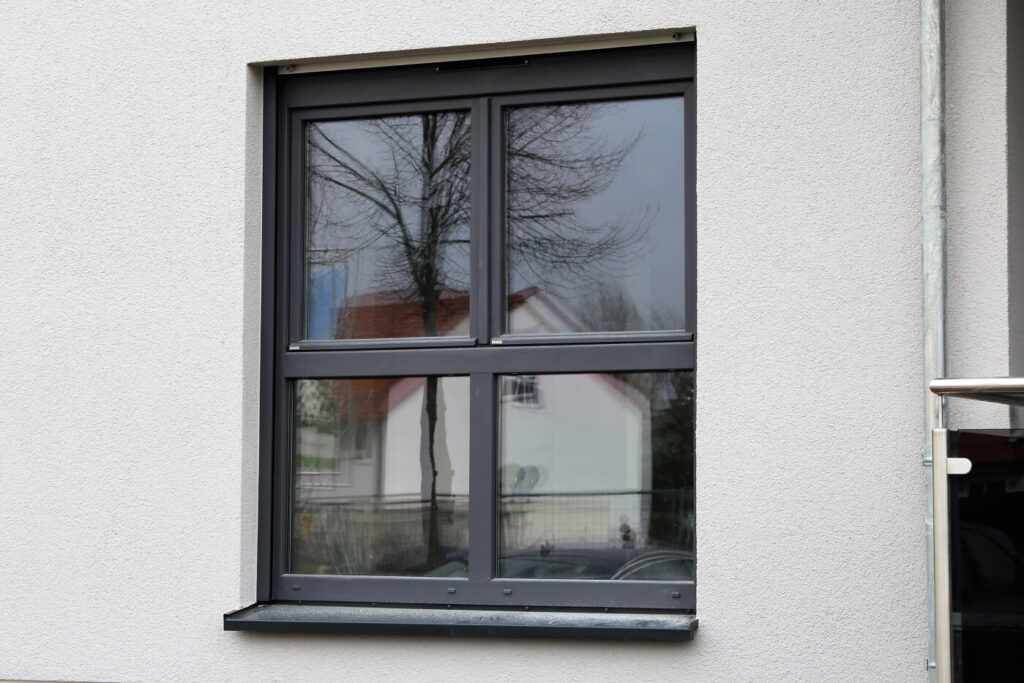
The main selling point of aluminium is less frame and more glass due to the strong profile allowing for larger expanses of glass, which enhances views and welcomes in more light to truly transform living spaces.
This means average window sizes for aluminium are usually larger than other window sizes. However, there can be many different styles of aluminium windows which can result in several different window measurements – i.e. tilt & turn windows are more likely to be larger than standard casement window sizes.
That being said, the most popular minimum and maximum window measurements can be found below.
- Minimum width: 350mm (14 inches)
- Maximum width: 1400mm (55 inches)
- Minimum height: 300mm (12 inches)
- Maximum height: 1500mm (60 inches)
What are the standard window sizes for timber?
Timber windows are the most traditional choice of window style. They add very classic aesthetics and character to homes and can often be found in period properties. Timber windows, especially ones on listed buildings, often come in non-standard sizes, as before windows were mass-produced, they were made in bespoke sizes for each project.
Due to a better understanding of the most suitable materials to use, timber windows are becoming an increasingly popular option for homeowners looking to add character to their homes, while still maintaining high-performance benefits.
As they are essentially filling the same space, timber windows come in the same sizes as uPVC, which can be found below.

Average window widths – timber
The width of timber windows ranges from 488mm to 1,770mm.
- 488mm (19 inches)
- 630mm (25 inches)
- 915mm (36 inches)
- 1,200mm (48 inches)
- 1,770mm (70 inches)
Average window heights – timber
Standard timber window heights range from 450mm to 1500mm.
- 450mm (18 inches)
- 600mm (24 inches)
- 1,050mm (42 inches)
- 1,200mm (48 inches)
- 1,350mm (54 inches)
- 1,500mm (60 inches)
Expanding on frame depth: an overlooked dimension
The depth of the window frame is just as important as its width and height. Frame depth can influence not only how the window looks but also how well it performs in terms of insulation and structural support. Standard depths vary depending on the material and type of window, but here’s a quick guide:
- uPVC frame depth: 60mm to 75mm – suitable for double and triple glazing.
- Aluminium frame depth: 50mm to 70mm – slimmer profiles for maximizing glass area.
- Timber frame depth: 68mm to 100mm – commonly used for sash and casement windows in period properties.
How to measure windows for replacement
Accurate measurements are crucial for ensuring a good fit when ordering new windows:
- Measure the Width: With a tape measure, check the width at three distinct locations – top, centre, and bottom. Write down the narrowest measurement for a proper fit.
- Measure the Height: Repeat the process for the height by measuring at three spots – left, middle, and right. Take the smallest value to ensure accuracy.
- Check the Frame Depth: For a complete fit, it’s important to know the frame depth as well. This measurement determines the thickness of the frame needed to accommodate the glass and maintain proper insulation.
- Consider Clearance and Adjustments: Leave a small gap (usually around 5mm) for adjustments during installation.
Tips for homeowners: Choosing the right window size
- Match the Style: Consider how the size and proportion of your windows will affect the overall appearance of your home. Larger windows can enhance views but may overwhelm smaller façades.
- Energy Efficiency: Opt for frame depths and dimensions that allow for double or triple glazing, improving thermal efficiency and reducing energy costs.
- Regulatory Compliance: For listed buildings or properties in conservation areas, choosing the correct window size is crucial to meet local planning requirements.
Choosing between standard and custom size of window
Homeowners must weigh the pros and cons of choosing standard or bespoke window sizes based on the building’s architecture, budget, and personal preference. Here’s a detailed look at both options:
Benefits of standard window sizes
- Lower cost due to mass production.
- Readily available from most suppliers.
- Faster lead times for installation.
When to opt for custom window sizes
- Necessary for unusual or non-standard openings.
- Ideal for heritage properties to match existing window profiles.
- Offers more design flexibility for unique architectural features.
Do I need replacement timber windows?
You may have timber windows on your home and not want to replacements as they can detract from the character and heritage of the building, or if you have a listed building, replacing them may cause complications with building regulations.
If so, you may want to have the original windows restored. Timber windows can often degrade over time into a bad state, so restoring or repairing them can make them appear brand new without the cost of replacing them.
At Scott James sash window specialists, we are experts in window renovation and can help transform properties by making windows appear new. We can also help improve the efficiency of your sash windows through draft-proofing and our double-glazing installation service.
Read more articles
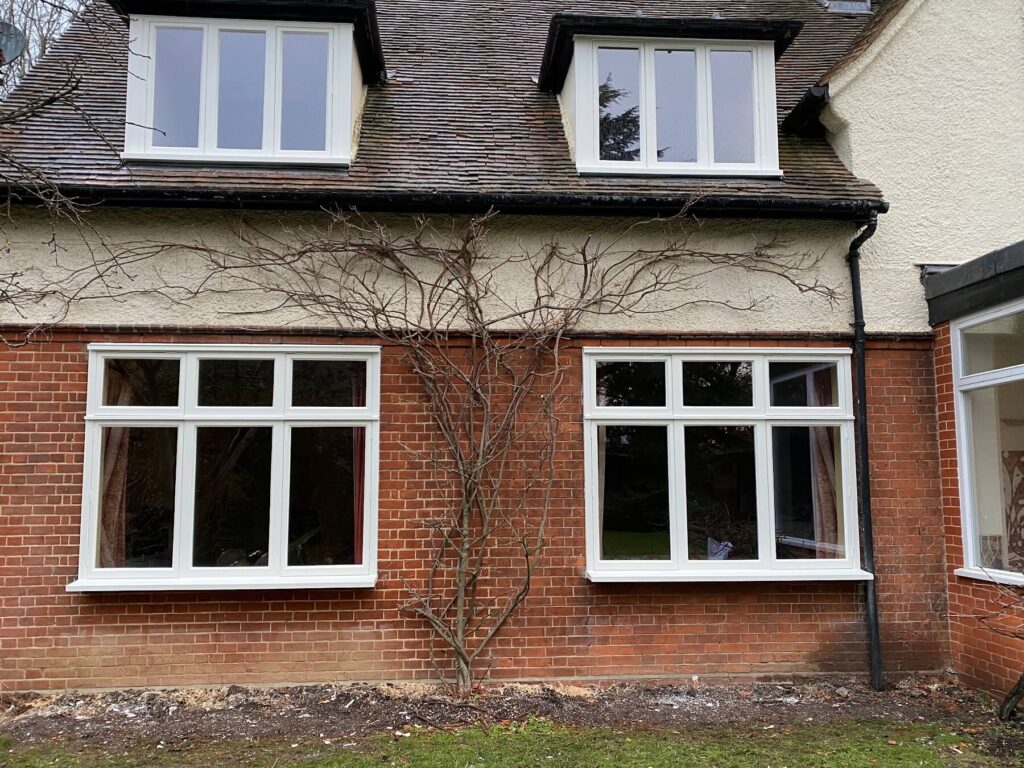
A Rated Windows Explained
A Rated Windows Explained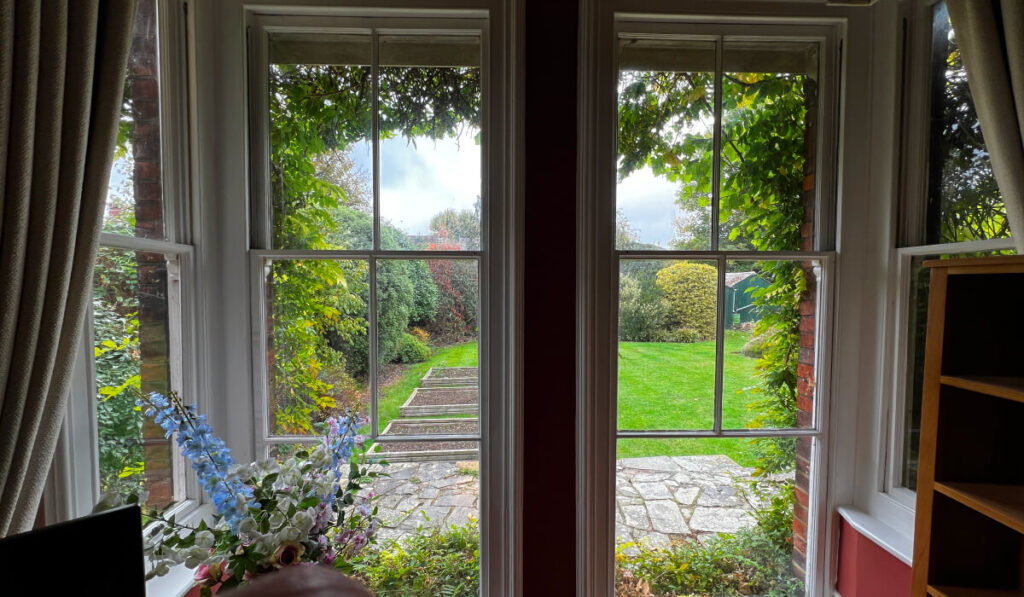
Working with Conservation Officers
Working with Conservation Officers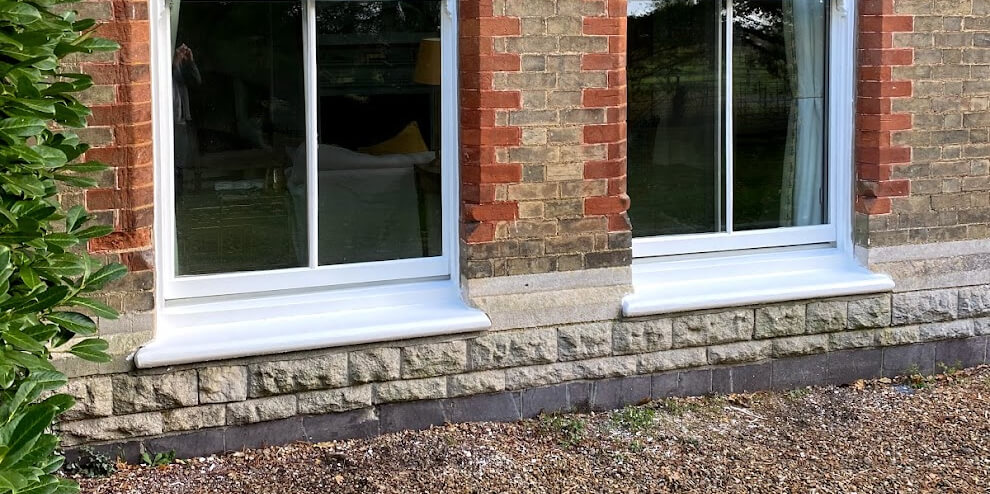
Concrete window sill repair
Concrete window sill repair